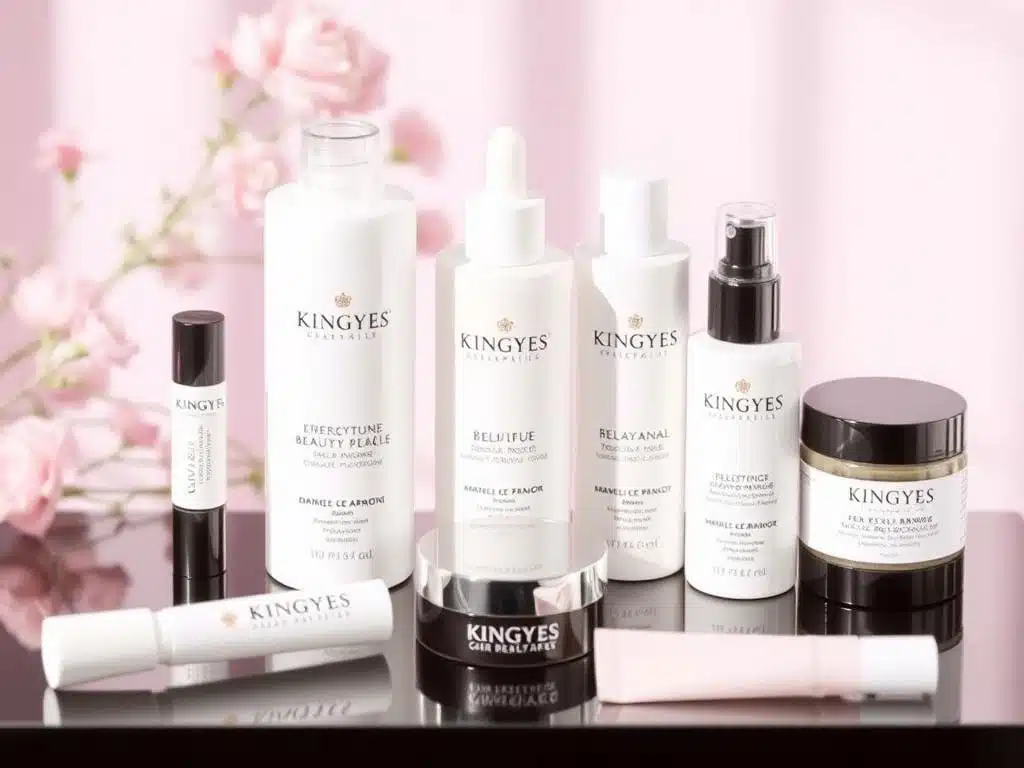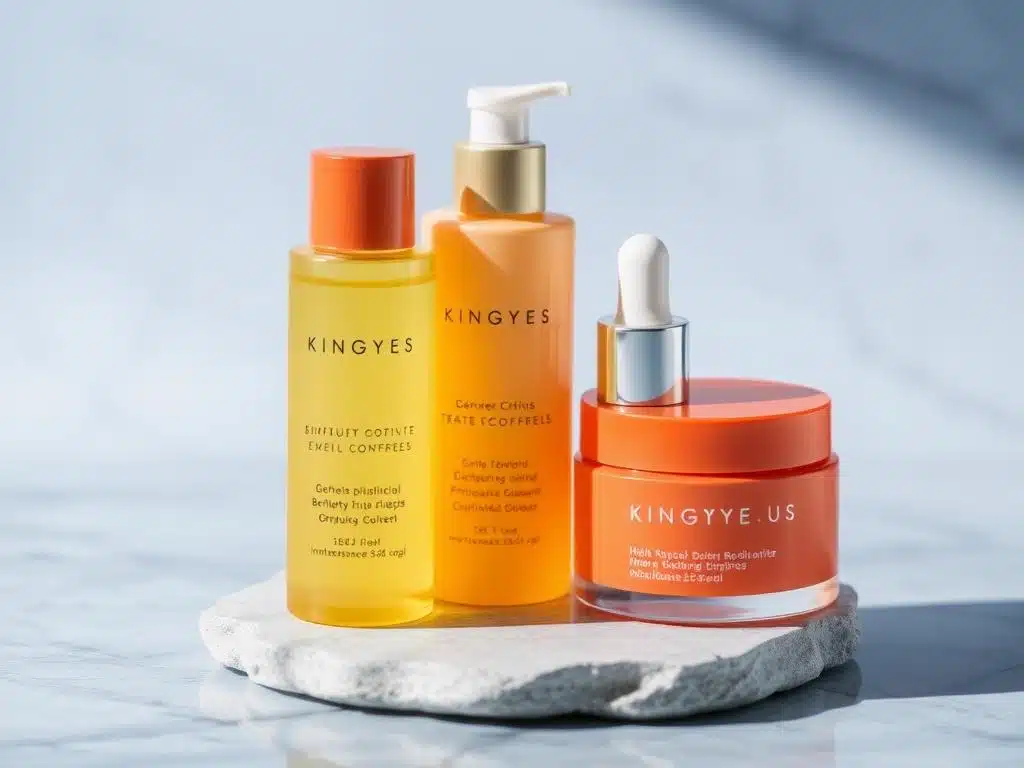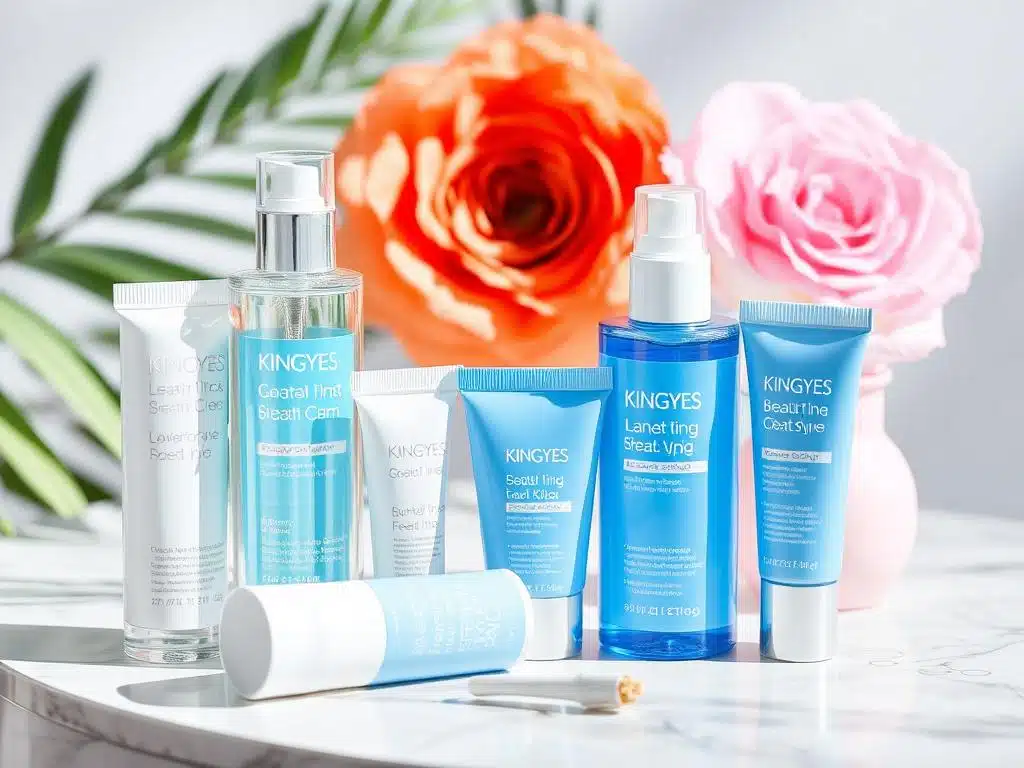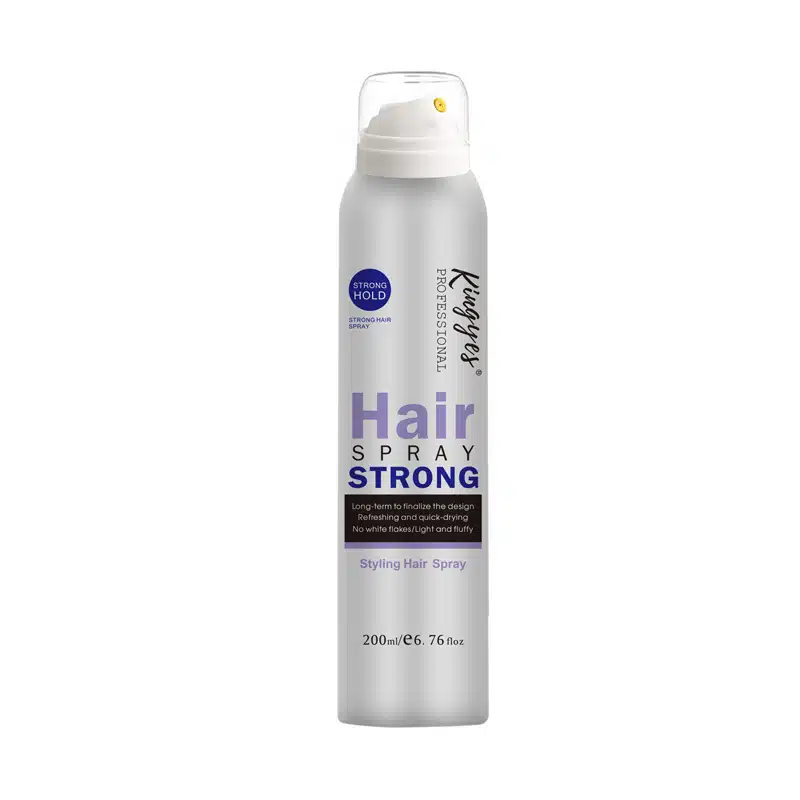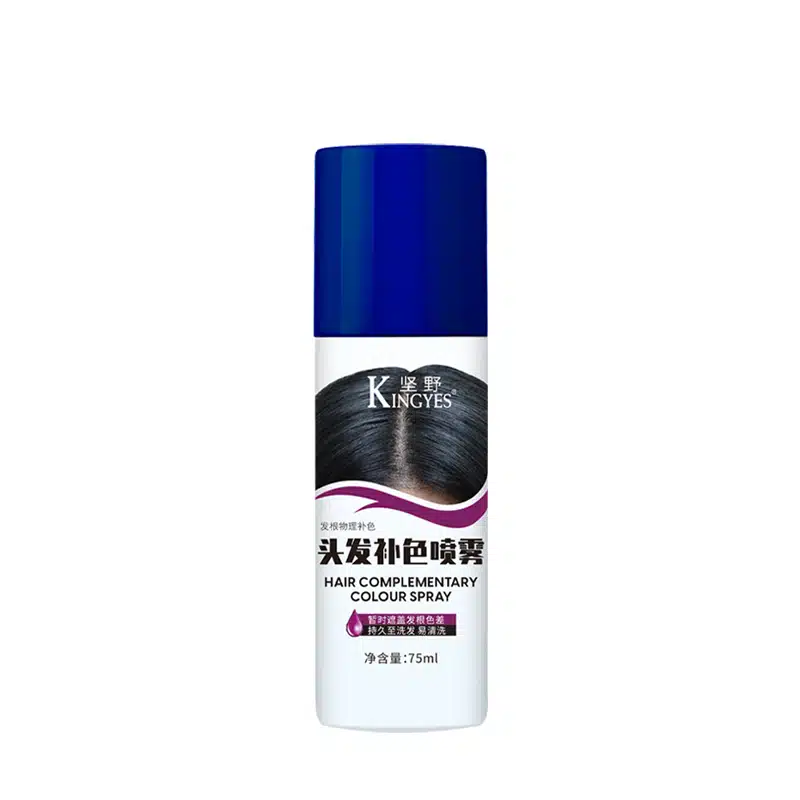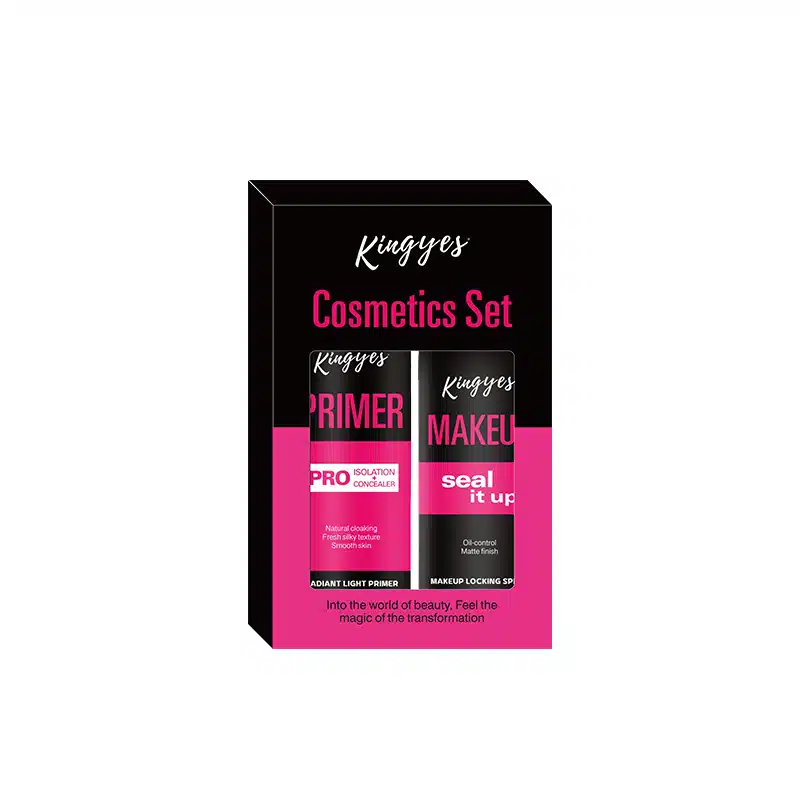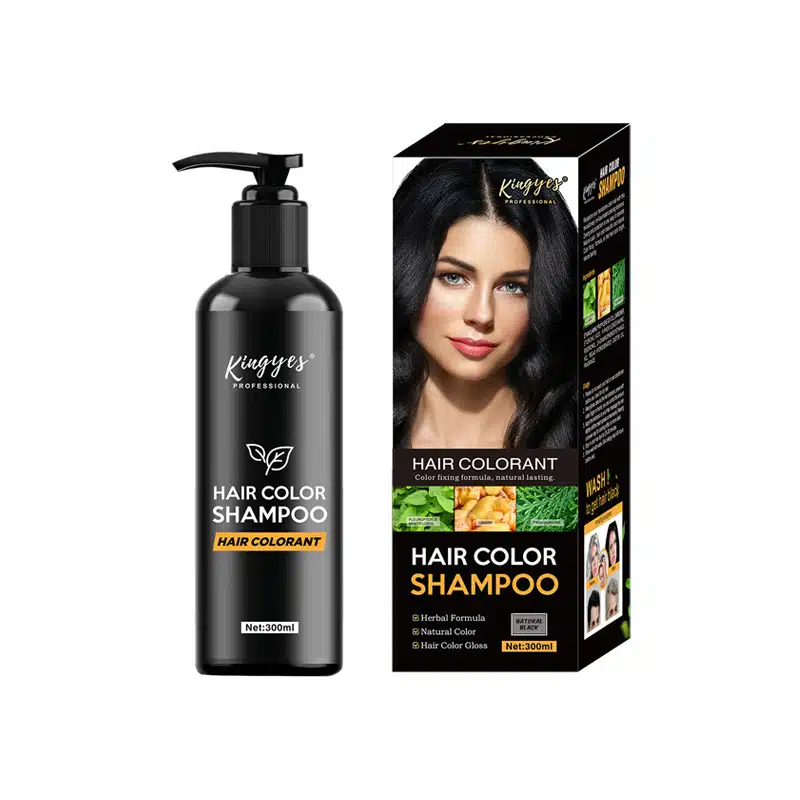
How Big Is The Cosmetics Market In Russia?
Innehållsförteckning
Russia’s Beauty Transformation: How Big Is The Cosmetics Market In Russia?
Den Russian cosmetics market is a dynamic and evolving landscape, shaped by global trends, local preferences, economic shifts, and geopolitical events. Understanding the market size, key players, growth trends, and consumer behavior is crucial for anyone involved in the beauty and personal care industry, whether you’re a brand looking to expand, an investor seeking opportunities, or a researcher analyzing the market. This comprehensive overview provides a deep dive into the cosmetics market in Russia, exploring its current state, key segments, and future projections to 2024 and beyond. We will analyze current market trends, and project future growth trends.
Overview of the Russian Cosmetics Market: A Historical Perspective
Den Russian cosmetics market has undergone significant transformations over the past few decades. Following the collapse of the Soviet Union, the market opened up to international brands, leading to a surge in demand for Western kosmetika och personal care products. Varumärken som L’Oréal, Procter & Gamble, and Unilever established a strong presence, capturing significant market share.
However, the Russian market has also seen the rise of domestic cosmetic brands that cater to local preferences, offer competitive pricing, and leverage traditional Russian beauty recipes and ingredients. These brands have gained popularity, particularly in the mass-market segment. The Russian cosmetics industry is becoming well-established.
In recent years, economic fluctuations, sanctions, and the 2022 geopolitical events have impacted the Russian cosmetics market, leading to shifts in consumer spending, brand loyalty, and the competitive landscape. Many global brands paused or scaled down their operations in Russia in 2022, creating opportunities for local brands and those from other countries to fill the gap. The end of 2022 saw a change in the beauty market.
Current Market Size and Value: Quantifying the Russian Cosmetics Market
Determining the precise market size of the Russian cosmetics market can be challenging due to various factors, including fluctuating exchange rates, data availability, and the impact of recent events. However, various market research reports provide estimates and projections.
According to Mordor Intelligence, den Russia beauty and personal care market is a significant one. Market research shows consistent growth. The beauty and personal care market is broken down into segments. One key element to consider is the average revenue per capita. Another is that the market is projected to continue growing. The cosmetics market is projected to reach impressive figures in the coming years. The market comprises revenue from various sectors, such as luxury and mass market.
It’s important to note that these figures can vary depending on the source and methodology used. However, they all point to a substantial market size and continued growth potential, despite the challenges facing the Russian economy.
Beauty and Personal Care Market Segmentation: Key Product Categories
Den Russian beauty and personal care market, just like the care market worldwide, can be segmented into several key product categories:
- Hudvård: This is typically the largest segment, encompassing facial care (cleansers, toners, moisturizers, serums, masks), body care (lotions, creams, scrubs), and sun care products. Skin care is always a growing category.
- Hårvård: This segment includes shampoos, conditioners, hair treatments, styling products, and hair colors. Hårvård is another large segment.
- Color Cosmetics (Decorative Cosmetics): This category encompasses makeup products such as foundation, powder, blush, ögonskugga, mascara, lipstick, and nail polish. Decorative cosmetics are also popular.
- Fragrances: This segment includes perfumes, eau de toilettes, colognes, and body sprays.
- Oral Care: Toothpaste, toothbrushes, mouthwashes, and other oral hygiene products.
- Men’s Grooming Products: This growing segment includes hudvård, Hårvård, shaving products, and fragrances specifically targeted at men.
Each of these segments has its own dynamics, key players, and growth trends. Hudvård och Hårvård typically represent the largest portions of the market. The personal care market in Russia is driven by a mix of beauty trends, and necessities.
Key Players: International and Domestic Brands in Russia
Den Russian cosmetics market is characterized by a mix of international and domestic players.
International Varumärken:
- L'Oréal: The global beauty giant has a significant presence in Russia, offering a wide range of kosmetika och personal care products across various brands and price points.
- Procter & Gamble (P&G): P&G is another major player, with brands like Olay, Pantene, and Gillette holding strong positions in the Russian market.
- Unilever: Unilever’s portfolio of brands, including Dove, Axe, and Rexona, is also popular in Russia.
- Beiersdorf: Known for its Nivea brand, Beiersdorf is a key player in the hudvård segment.
- Avon: Avon operates through a direct-selling model in Russia, offering a wide range of kosmetika, hudvård, och personal care products.
- Oriflame Cosmetics SA: This is an international cosmetics company with a strong presence in Russia.
Domestic Varumärken:
- Faberlic: A Russian direct-selling company offering a vast range of kosmetika, hudvård, personal care, and home care products.
- Natura Siberica: Known for its use of Siberian herbs and natural ingredients.
- Planeta Organica: Another Russian brand focusing on natural and organic kosmetika.
- Green Mama: Combines natural ingredients with scientific research.
- Black Pearl (Черный Жемчуг): A popular mass-market skincare brand.
- Levrana: A clean beauty brand emphasizing transparency and non-toxic ingredients.
The competitive landscape has shifted in recent years, with some international brands reducing their presence and domestic brands gaining market share. Players in the global market are being challenged.
Distribution Channels: Where Russians Buy Their Cosmetics
Cosmetics och personal care products in Russia are sold through various distribution channels:
- Specialist Retailers: These include dedicated beauty stores, such as L’Etoile, Rive Gauche, and Ile de Beauté, which offer a wide selection of brands and often provide professional consultations.
- Supermarkets and Hypermarkets: These mass-market retailers offer a more limited selection of kosmetika och personal care products, typically at lower price points.
- Drugstores and Pharmacies: These outlets focus on hudvård, personal care, and health-related products.
- Direct Selling: Companies like Faberlic and Avon operate through networks of independent consultants who sell products directly to consumers.
- E-commerce: Online sales of kosmetika och personal care products are growing rapidly in Russia, with both dedicated online retailers and the online stores of traditional retailers gaining popularity. Key online platforms include Wildberries, Ozon, and Lamoda.
- Department Stores: These stores, often in large cities, cater to those looking for luxury beauty products.
The choice of distribution channel often depends on the brand‘s positioning, target audience, and pricing strategy. E-commerce is becoming increasingly important, particularly for reaching younger consumers and those in remote areas.
Consumer Behavior: Preferences and Trends in the Russian Beauty Market
Förståelse Russian consumer behavior is crucial for beauty brands seeking to succeed in the market. Here are some key preferences and trends:
- Hudvård Focus: Russian consumers place a strong emphasis on hudvård, with a focus on achieving healthy, glowing skin.
- Natural and Organic: There’s a growing demand for natural and organic kosmetika, driven by concerns about health and sustainability. Naturliga ingredienser are popular.
- Clean Beauty: Den clean beauty movement, emphasizing non-toxic ingredients and transparency, is gaining traction.
- Anti-Aging: Anti-aging products are popular, particularly among older consumers.
- Brightening and Whitening: Products that promise to brighten the complexion and even out skin tone are in demand.
- Made in Russia: There’s a growing interest in supporting local brands and products made in Russia.
- Price Sensitivity: While some consumers are willing to pay for premium products, the mass market is generally price-sensitive.
- Influence of K-Beauty: Korean beauty trends and products have a significant influence on the Russian market.
- Digital Influence: Social media, influencers, and online reviews play an increasingly important role in product discovery and purchase decisions.
Cosmetic brands need to adapt their product offerings, marketing messages, and distribution strategies to cater to these preferences and trends.
Impact of Economic and Geopolitical Factors on the Russian Cosmetics Market
Den Russian cosmetics market is significantly influenced by economic and geopolitical factors:
- Economic Fluctuations: Den Russian economy is susceptible to fluctuations in oil prices and other global economic factors, which can impact consumer spending on non-essential goods like kosmetika.
- Sanctions: International sanctions imposed on Russia have affected the availability and pricing of certain imported kosmetiska ingredients and finished products.
- Ruble Volatility: Fluctuations in the value of the ruble can impact the cost of imported goods and affect consumer purchasing power.
- Geopolitical Events: Den 2022 conflict in Ukraine and subsequent geopolitical tensions have led to significant disruptions in the Russian cosmetics market, with many international brands suspending or scaling down their operations.
- Import Substitution: Den Russian government has been promoting import substitution, encouraging the development of domestic industries, including kosmetika manufacturing.
These factors create both challenges and opportunities for cosmetic brands operating in Russia. Adaptability, localization, and a deep understanding of the market dynamics are crucial for success.
The Rise of Natural, Organic, and Clean Beauty in Russia
The global trend towards natural, organic, and clean beauty is also gaining momentum in Russia. Consumers are increasingly concerned about the ingredients in their kosmetika och personal care products, seeking out options that are perceived as safer, healthier, and more environmentally friendly.
This trend is driven by:
- Increased Awareness of Health and Wellness: Russian consumers are becoming more health-conscious and aware of the potential impact of chemicals and synthetic ingredients on their well-being.
- Influence of Social Media and Beauty Bloggers: Online platforms and influencers are playing a significant role in educating consumers about natural and organic kosmetika.
- Growing Availability of Natural and Organic Products: More domestic and international brands are offering natural, organic, and clean beauty options in the Russian market.
- Distrust of Traditional Cosmetics: Some consumers are becoming skeptical of the ingredients and marketing claims of traditional cosmetic brands.
Russian brands like Natura Siberica, Planeta Organica, and Levrana are capitalizing on this trend, offering products formulated with natural and organic ingredients, often sourced from Siberia or other regions of Russia. Green cosmetics are a growing trend.
Future Projections and Growth Trends for the Russian Cosmetics Market
Despite the challenges, the Russian cosmetics market is projected to continue growing in the coming years. Key growth trends inkludera:
- Continued Demand for Hudvård: Hudvård is expected to remain the largest and fastest-growing segment, driven by increasing consumer awareness of skin health and anti-aging concerns.
- Growth of Natural and Organic: The demand for natural, organic, and clean beauty products will likely continue to rise.
- Expansion of E-commerce: Online sales of kosmetika och personal care products are expected to grow significantly, driven by convenience and wider product selection.
- Rise of Local Brands: Domestic Russian cosmetic brands are expected to gain further market share, benefiting from consumer patriotism and a focus on local ingredients and production.
- Men’s Grooming Growth: Den men’s grooming products market is expected to expand, offering opportunities for specialized brands.
- Premiumization: While the mass market remains price-sensitive, there’s also a growing segment of consumers willing to pay for premium and luxury cosmetics.
- Sustainability: Sustainable cosmetics are expected to become more popular.
Den cosmetics market is dynamic. The cosmetics industry in Russia är experiencing a period of transformation, with new opportunities and challenges emerging. The market is set for continued change.
Challenges and Opportunities for Cosmetic Brands in Russia
Den Russian cosmetics market presents both challenges and opportunities for cosmetic brands:
Utmaningar:
- Economic Volatility: Economic fluctuations and currency instability can impact consumer spending and profitability.
- Geopolitical Uncertainty: Geopolitical tensions and sanctions can create disruptions and uncertainties for businesses.
- Bureaucracy and Regulation: Navigating Russian bureaucracy and regulations can be complex and time-consuming.
- Tävling: The market is becoming increasingly competitive, with both international and domestic brands vying for market share.
- Counterfeit Products: Counterfeit kosmetika are a concern in the Russian market, particularly in the lower-priced segment.
- Logistical Challenges: Russia’s vast territory can present logistical challenges for distribution and delivery.
Opportunities:
- Large and Growing Market: Russia offers a large and growing consumer market with increasing demand for kosmetika och personal care products.
- Rising Middle Class: A growing middle class with increasing disposable income is fueling demand for higher-quality products.
- Growing Interest in Natural and Organic: The trend towards natural, organic, and clean beauty presents opportunities for brands that cater to this demand.
- E-commerce Growth: The rapid growth of e-commerce provides new channels for reaching consumers and expanding market presence.
- Opportunities for Local Brands: Russian consumers are increasingly supporting local brands, creating opportunities for domestic manufacturers.
- Underserved Niches: There are still opportunities to identify and target underserved niches within the Russian cosmetics market.
Success in the Russian cosmetics market requires careful planning, adaptability, a deep understanding of local consumer preferences, and a willingness to navigate the complexities of the Russian business environment.
Table: Overview of Key Segments of Russian Cosmetics Market
| Segment | Beskrivning | Key Trends | Key Players (Examples) |
|---|---|---|---|
| Hudvård | Facial care, body care, sun care | Anti-aging, brightening, hydration, natural/organic, clean beauty | L’Oréal, Beiersdorf, Faberlic, Natura Siberica, Black Pearl |
| Hårvård | Shampoos, conditioners, treatments, styling products, hair colors | Natural/organic, anti-hair loss, specialized treatments | P&G, Unilever, Schwarzkopf, Estel, Natura Siberica |
| Color Cosmetics | Foundation, powder, blush, eyeshadow, mascara, lipstick, nail polish | Long-lasting, matte finishes, vibrant colors, natural looks, K-Beauty influence | L’Oréal, Maybelline, Faberlic, Vivienne Sabó, Art-Visage |
| Fragrances | Perfumes, eau de toilettes, colognes, body sprays | Niche fragrances, local brands, celebrity fragrances | L’Oréal, Dior, Chanel, Brocard, Novaya Zarya |
| Oral Care | Toothpaste, toothbrushes, mouthwashes | Whitening, sensitivity relief, natural ingredients | Colgate-Palmolive, P&G, Splat, R.O.C.S. |
| Men’s Grooming Products | Skincare, hair care, shaving products, fragrances | Growing market, natural ingredients, specialized products | L’Oréal, Nivea Men, Gillette, Axe, Natura Siberica (men’s line) |
Table: Comparison of International and Domestic Brands
| Funktion | International Brands | Domestic Brands |
|---|---|---|
| Brand Recognition | Generally high | Varies, some well-established, others emerging |
| Price Point | Often higher | Generally more affordable |
| Product Range | Wide | Can be wide or focused on specific niches |
| Distribution | Wide, through various channels | Varies, some strong in specific channels |
| Marketing | Global campaigns, often adapted locally | Often focused on the Russian market |
| Ingredienser | Varies, often includes global trends | Often emphasizes local, natural ingredients |
| Adaptability to Local Market | Can be slower | Generally more adaptable |
| Impact of Geopolitical Events | More susceptible to disruptions | May benefit from reduced competition |
10 Key Things to Remember About the Cosmetics Market in Russia
-
Den Russian cosmetics market is large and growing but has faced recent challenges.
-
Hudvård is the dominant segment, followed by Hårvård and color kosmetika.
-
Den Market is segmented by product category, distribution channel, and price point.
-
Both international and domestic cosmetic brands compete in the Russian market.
- There’s a growing demand for natural, organic, and clean beauty products.
- E-commerce is rapidly expanding as a distribution channel.
- Russian consumers are influenced by both global and local beauty trends.
- Economic and geopolitical factors significantly impact the market.
- The mass departure of global brands has boosted local ones.
- Success requires understanding local preferences, adapting to market dynamics, and navigating the regulatory landscape.
Kommentarer
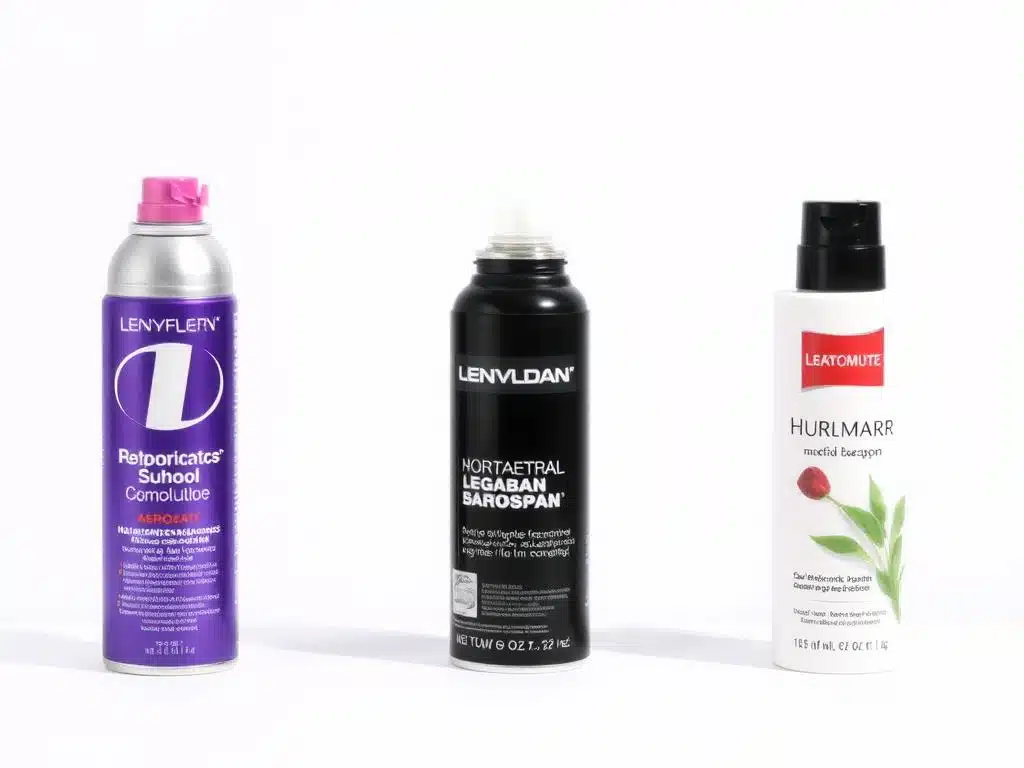
What Are The 3 Types of Aerosols?
This article provides a comprehensive introduction to aerosols, those tiny particles suspended in the atmosphere that have a significant impact on our climate, air quality, and human health.

Vad är skillnaden mellan foundation och flytande foundation?
Är du osäker på om du ska välja mellan puder och flytande foundation?
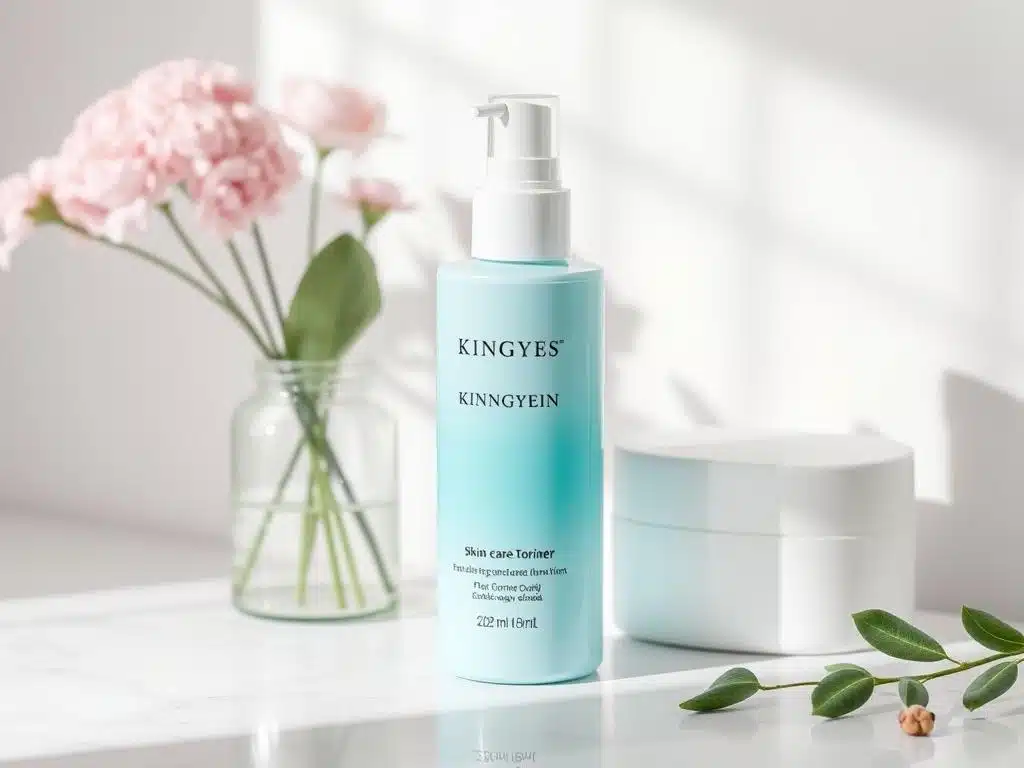
What Is A Skin Care Toner?
In the ever-expanding world of skincare, toners have emerged as a staple in many beauty routines.
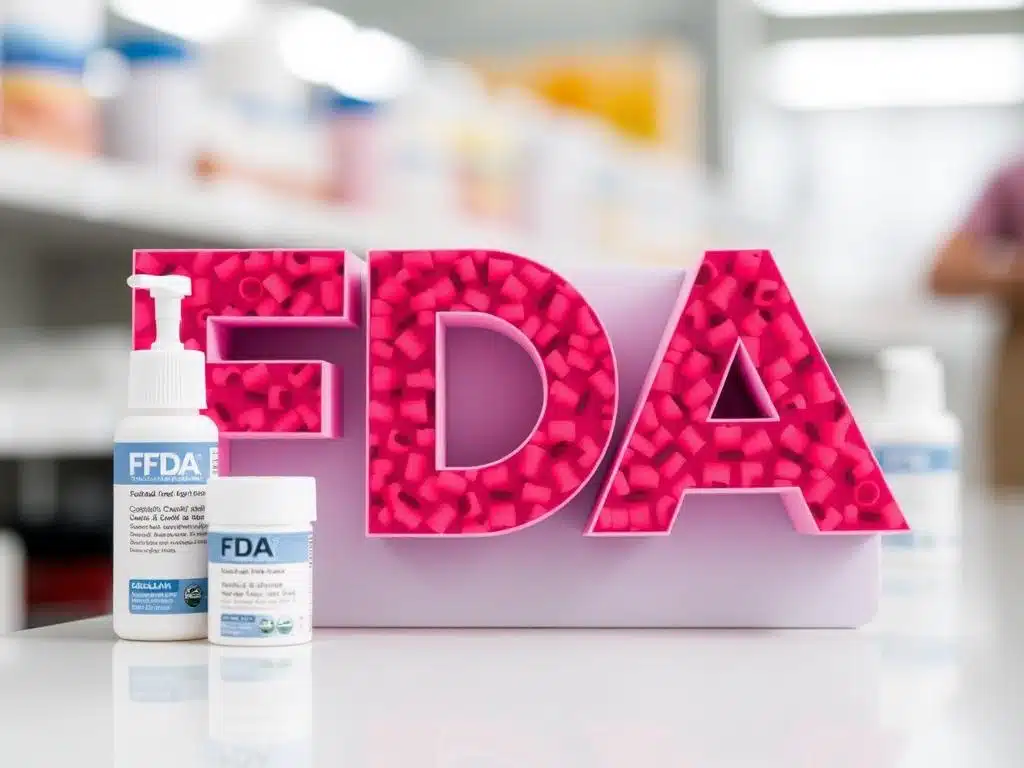
What Does The FDA Require Cosmetic Manufacturers To Do?
The cosmetic industry is a vast and dynamic sector, constantly introducing new and innovative products to meet consumer demands.

Vad är skillnaden mellan highlights och balayage?
För att få den perfekta solkyssta looken för ditt hår måste du välja mellan två populära färgningstekniker: balayage och traditionella highlights.
- +86 151 1839 7303
- [email protected]
- Mån-Sön 07:00-23:00
Etiketter
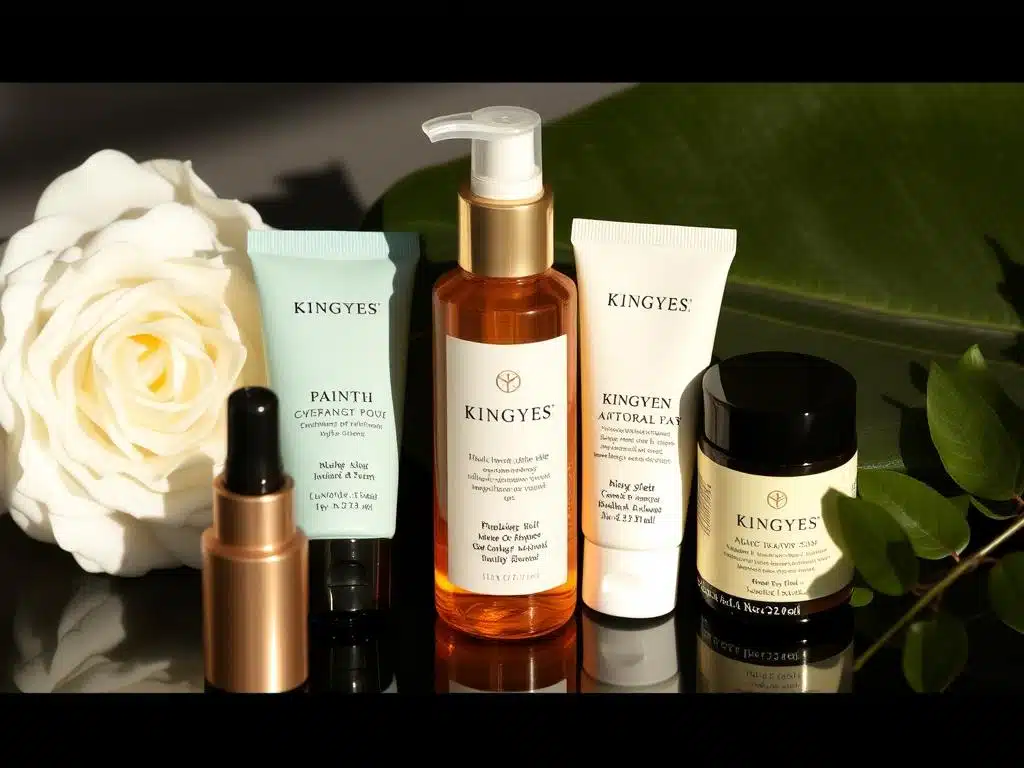
How To Sell Cosmetics On WeChat?
Are you ready to tap into the world’s largest beauty market?
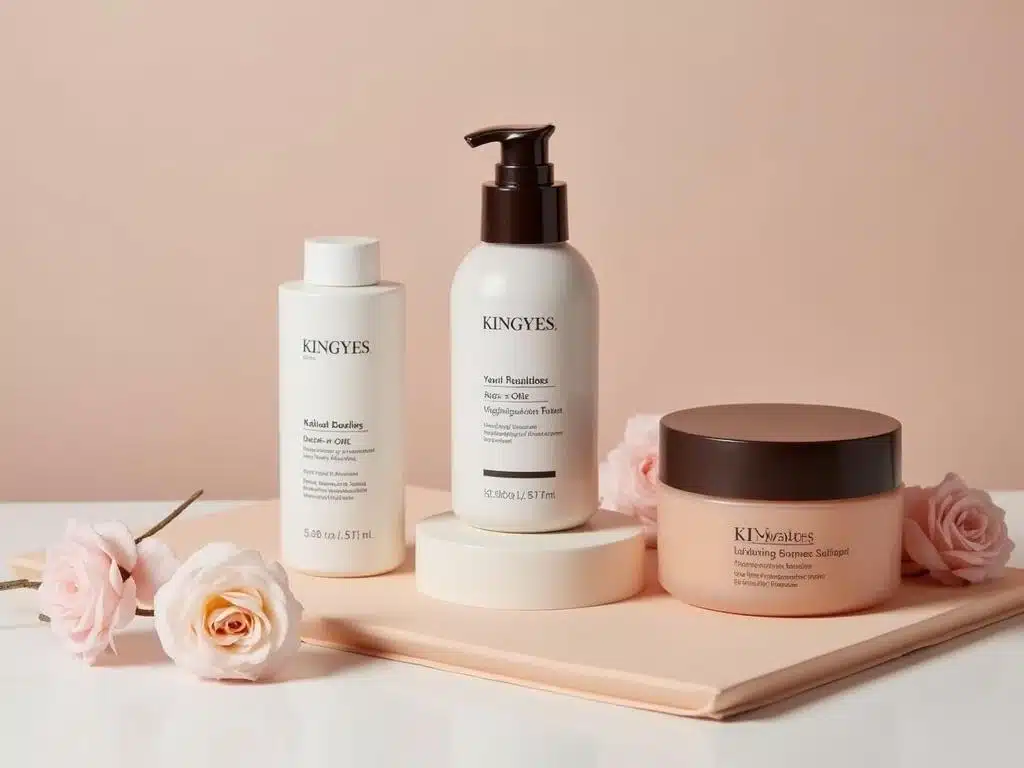
How To Sell Cosmetics On Shopee?
Looking to sell cosmetics and tap into the booming e-commerce market of Southeast Asia?
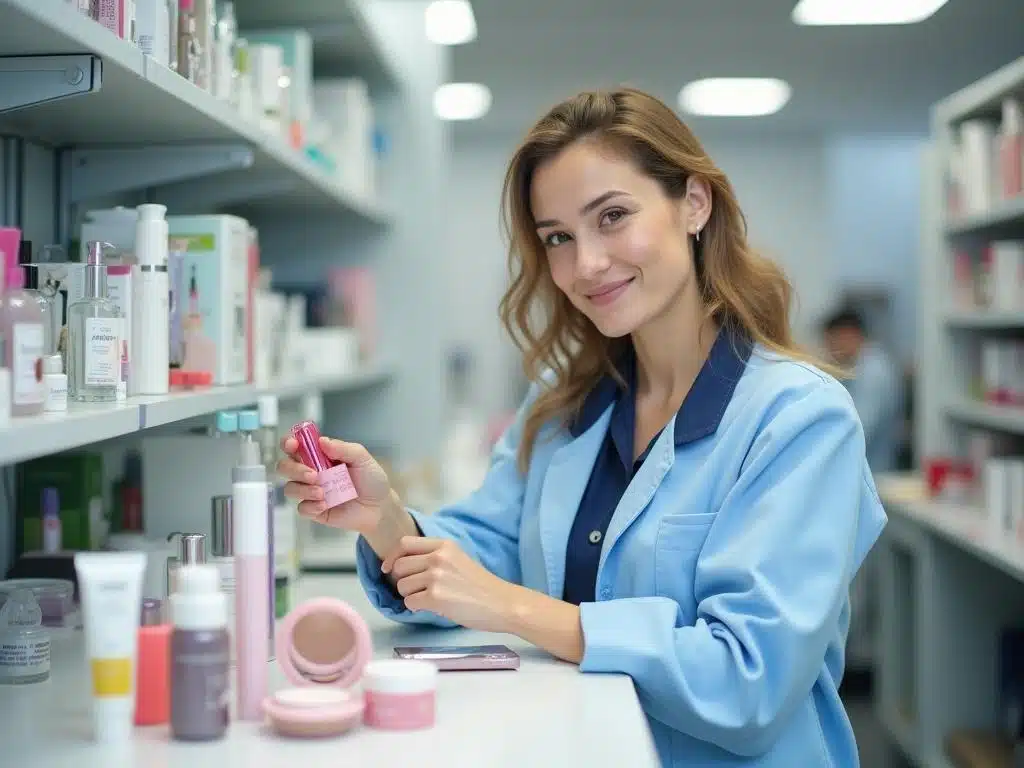
How To Cooperate With Cosmetics Factories?
In the dynamic and competitive beauty industry, partnering with the right cosmetic manufacturer is paramount to the success of your cosmetics business.

